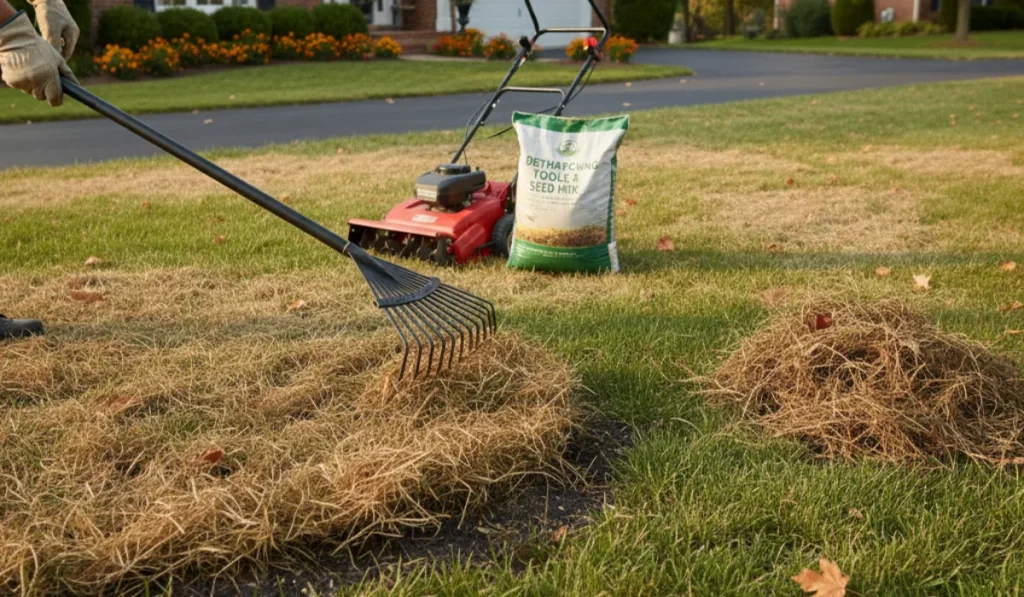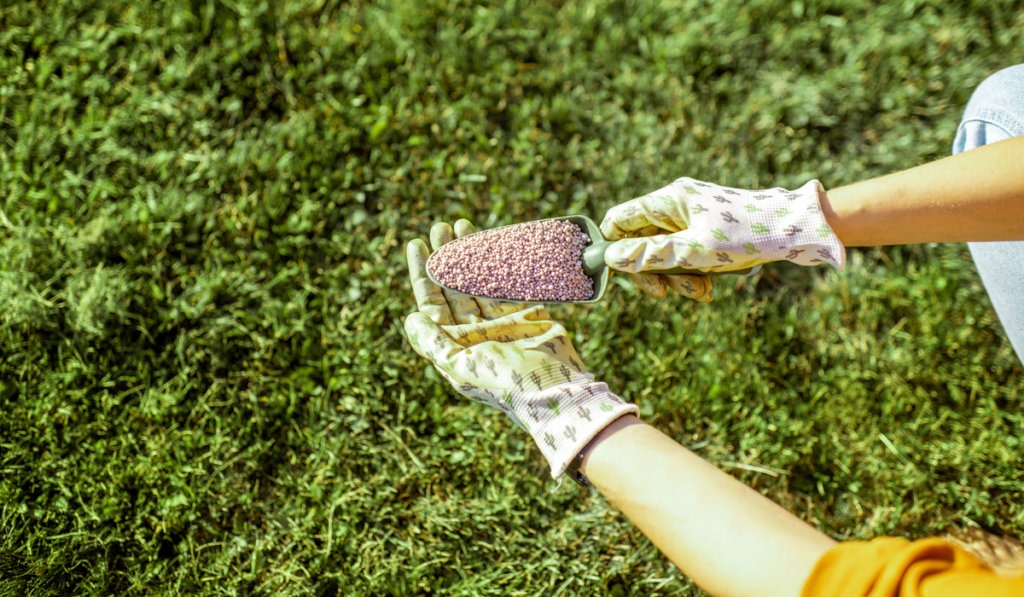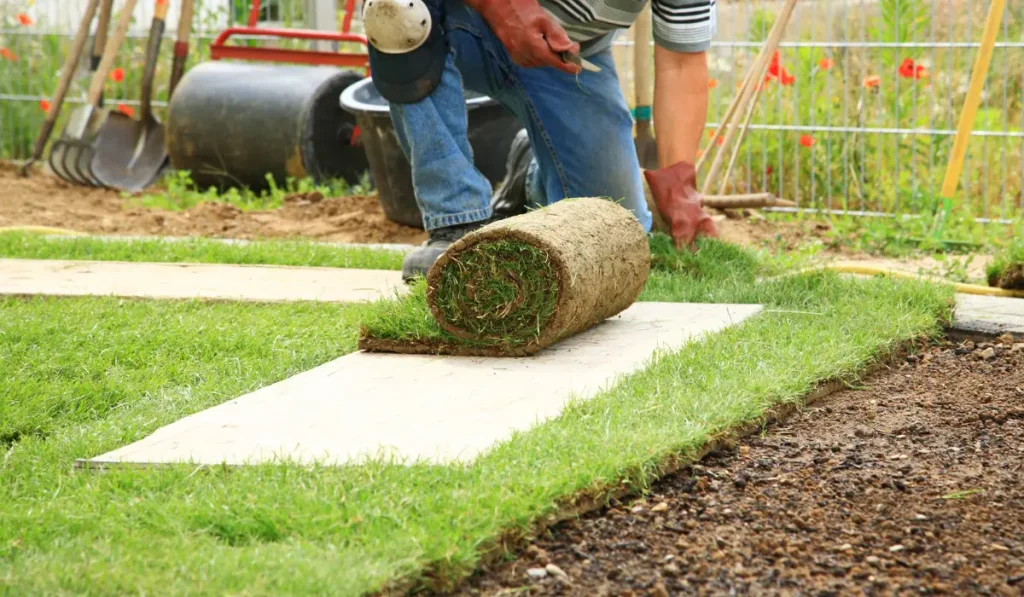Trying to grow anything in clay soil can feel like a battle. From clumps that stick to your tools to water that just won’t drain, this soil type is tough on both plants and gardeners. The good news? You can improve clay soil faster than you think with a few smart strategies.
Whether you’re prepping garden beds, starting a vegetable garden, or trying to boost soil health for the long haul, here’s how to get results—fast.
Key Takeaways
- A soil test gives you the right starting point by showing what your clay soil needs to improve fast
- Adding compost and gypsum helps loosen heavy clay soil and makes it easier for water and roots to move
- Aerating the ground and topping it with mulch builds a better structure and supports stronger plant growth over time
- Cover crops and extra materials like peat moss help improve soil health now and into next year’s growing season
1. Start with a Soil Test
Knowing the soil condition is key to any soil improvement project. A soil test reveals nutrient levels, pH, and how much calcium is present—all of which affect how your clay particles behave. It also helps you choose the right soil amendments, so you don’t waste time or money.
2. Add Organic Matter Generously
Organic matter is your best bet for improving heavy soil.
Materials like compost, decomposed leaves, and aged manure help break down clots and bind clay particles into healthier aggregates. This changes the soil texture from dense and sticky to more workable and loamy.
Mix a thick layer (at least 2-3 inches) of organic material into the topsoil, especially if you’re planting veggies or perennials.
This also feeds earthworms and microorganisms that naturally aerate soil and support healthy plant growth.
3. Use Gypsum to Break Up Clay Fast
If your soil test shows a calcium deficiency or you’re dealing with compacted soil, gypsum is a quick-acting soil conditioner worth trying. It helps clay particles form into crumbly clumps, which improves both aeration and drainage without messing with soil pH.
For hard clay, gypsum can speed up the loosening process, especially when paired with regular watering and organic amendments.
Just be sure to reapply each season to maintain results.
4. Aerate with a Broadfork or Tiller
Compacted clay doesn’t let air, water, or plant roots move freely. That’s why aeration is so important, especially in the first year of soil improvement.
- For smaller garden beds, a broad fork works well to lift and loosen soil without disturbing its layers too much.
- For larger areas or lawns, using a tiller or rototiller can quickly open up heavy soil, especially before adding organic amendments.
Just be mindful not to over-till or work the soil when it’s too wet, as this can worsen compaction.
5. Topdress with Mulch and Compost
After aerating, apply a thick layer of mulch and compost as a top dressing. This keeps moisture in, prevents clay clots from hardening, and allows nutrients to filter down slowly.
Materials like grass clippings, wood chips, and alfalfa hay are great mulch options, and they’ll decompose over time to feed the soil.
As the organic matter breaks down, it supports soil structure and helps convert heavy clay into more loamy, garden-friendly soil.
6. Use Cover Crops and Green Manure
Cover crops like radishes, turnips, and legumes can make a big difference in clay soil improvement. Their deep plant roots naturally break up subsoil layers and promote aeration. When these crops decompose, they act as green manure, enriching the soil with organic matter and improving soil health.
Plant them at the end of your growing season, then till them into the soil next year for ongoing benefits.
7. Avoid Overwatering and Foot Traffic
Clay soil holds water longer than sandy soil, so it’s easy to overwater and cause poor drainage. Water only when necessary, and avoid walking on wet soil to prevent compacted soil from forming.
If you’re working in wet conditions, use stepping stones or designated paths to protect the soil texture. Letting heavy clay dry out a bit before planting or working it helps avoid damaging the soil structure.
8. Try Peat Moss, Coffee Grounds, or Sawdust
Certain materials, like peat moss, used coffee grounds, and finely ground sawdust, can also help break up heavy clay soil when mixed into the top few inches. These soil amendments in lawn care can improve aeration, boost microbial activity, and support long-term soil improvement.
Just use them in moderation and combine them with other organic matter to avoid imbalances. Over time, these small additions help move your soil closer to that ideal loamy texture.
Improving clay soil doesn’t have to be a long, frustrating process. Start with a soil test, feed your soil the right materials, and your garden will thank you come harvest time.
Frequently Asked Questions
Can I plant directly into clay soil without improving it first?
Planting directly into clay soil is possible, but not ideal. Without improving the soil first, you’ll likely face drainage issues, poor root development, and stunted plant growth. Amending the soil first gives your plants a much better chance at thriving.
How long does it take to see results after improving clay soil?
You’ll notice some improvements in drainage and texture within weeks, especially after aeration and composting.
However, full results, like healthier plant growth and better soil structure, typically take a full growing season or longer, depending on how compacted the soil is.
What’s the best time of year to start fixing clay soil?
Early spring or early fall is the best time to improve clay soil. These seasons offer mild temperatures and natural moisture, which help amendments settle in and support plant root development without stressing the soil or disrupting active growing periods.



